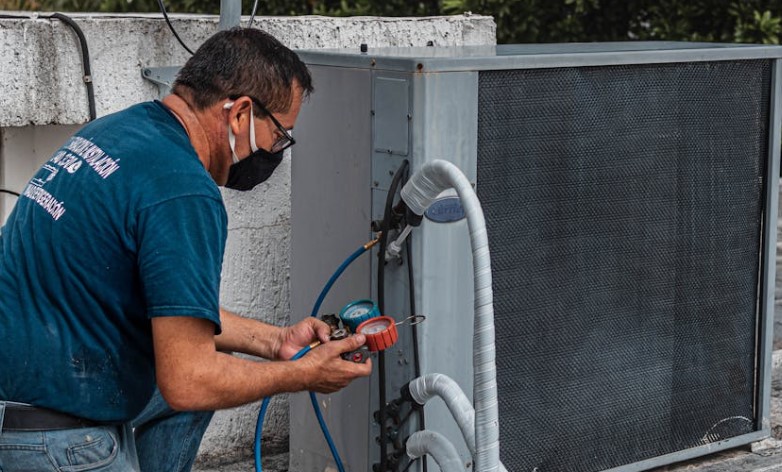An emotionally healthy mindset should be taught and reinforced at a young age. This means learning to stay in the moment, developing grit and confidence to face the present, seeking positive choices, seeing emotions as neither positive nor negative, and experiencing emotions without attachment or aversion.
This emotional mindset is a reflection of what your kids learn at the dining table. It’s important to foster a warm, encouraging environment for the family to come together harmoniously and build a sense of belonging. For the family to share peaceful meals — or as peaceful as they can be with kids around — and for them to start developing a healthy mindset, you have to begin with their table manners.
Here’s a streamlined guide on how to teach your kids table manners depending on their age.
For Toddlers and Kids Under 5 Years
There’s more to making dinnertime more orderly than preparing child-friendly recipes that your kids will actually eat. Their early years are actually the best time for you to start teaching them to be respectful. It’s the ideal time to teach them table manners.
Here’s the basic mealtime etiquette that you can start incorporating into their routine:
- Wash up before dinner. By coming to the table looking clean and presentable, they’re showing respect to the person who prepared the meal and the people they’re eating with. This also demonstrates good hygiene.
- Wait for everyone to be served. Meals are supposed to be enjoyed together. And waiting for everyone to be served before eating is another way of showing respect to the people you’re eating with. It hones discipline, too.
- Always chew with your mouth closed. Along with “no talking when your mouth is full,” this is a cardinal rule at the dining table. Nobody wants to see the chewed-up food in your mouth or bits of it to fly out. Chew and swallow before talking.
- Avoid wolfing down food. Kids can be picky eaters. And parents usually feel victorious when they prepare something the kids like. But no matter how good the food is, teach your kid to take small bites and pace themselves. Patience is a virtue.
- Use utensils and a napkin when eating. Forks and knives aren’t necessary for pizza, burgers, and finger food. Other than that, utensils are needed so teach your kid how to use them. Also, teach them to wipe their face on a napkin rather than on their clothes.
- Say the magic words: “please” and “thank you.” These add-ons are important when your kids are asking for seconds or when they’re asking someone to pass something across the table. Teach them to ask politely, not to be demanding with what they want.
- Remind them not to criticize the food. If they don’t like the food, teach them to say, “no, thank you.” Somebody still put time and effort into making and serving that food. And that should be appreciated either way.
Sooner or later, these manners will be ingrained into your kid, and they wouldn’t even have to think twice about it. You just have to be firm and patient until they eventually get the hang of things.

Table Manners for Kids 6 Years and Older
Once children start becoming conscious of when they’re eating out or dining at home, you have to make them understand good table manners aren’t simply for show. They’re as important at home as they are in public places and social situations.
Here are some table manners that you can start teaching kids as they grow older:
- Offer to help set up the table or get dinner ready. Encourage them to extend a helping hand whether you’re eating at home or at somebody else’s house.
- Don’t use gadgets during a meal. Keep the electronics away during mealtime so the kids don’t miss out on the togetherness of enjoying a meal with other people.
- Observe the host. Teach your kid to be mindful of their surroundings and to mimic the host, whether that’s in sitting down, picking up their fork, or putting a napkin on their lap.
- Avoid reaching across the table for something. Instead, get your kid into the habit of asking other people at the table to pass a dish or condiments to them.
- Wait for their turn to speak. People will want to share their thoughts and ideas during meals. Remind your kid to not interrupt others and wait for their turn to share things.
- Ask to be excused instead of just walking off. If the adults are done eating and are simply lingering at the table, it’s acceptable to ask to be excused.
- Always tidy up after eating. Get into the habit of helping each other clear the table, take stuff to the sink, and push their chair back against the table after eating.
As kids grow older, they have better control over their behaviors and mindsets. They’ll also develop social awareness and skills. By exposing them to proper mealtime etiquette during their formative years, they’ll be more confident to express themselves and better equipped to handle social situations in the future.
How Table Manners Influence Emotional Mindset
Proper mealtime etiquette doesn’t just raise your kid’s social interaction skills. Table manners also lay the groundwork for an emotionally healthy mindset. Because if they know how to make mealtimes pleasant, and if they know they can freely express themselves to the people they eat with, they can do anything.
So, hone and fine-tune those table manners now and watch them pay off later on in your kid’s life.





